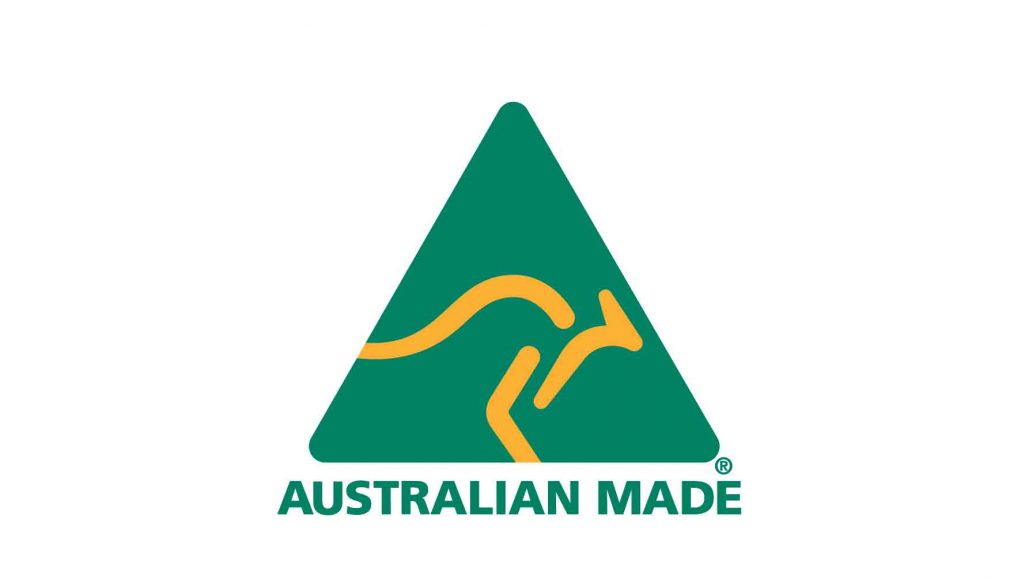Australian Made – Manufacturing Resurgence To Watch Out For !
The Sydney Morning Herald had recently reported, the Australian administration’s big aim to push for “Australia Made”. It’s an idea to back manufacturing and grow exports. Quoting Prime Minister Scott Morrison – “People all over the world know the ‘Australian Made’ logo means quality. Our plan is about giving those hard-working businesses a competitive edge in overseas markets.” He further promised to boost exports through a reinvigorated Australian Made campaign.
We are hearing this despite knowing that the car production has significantly declined in Australia. Holden and Toyota were able to carry on manufacturing for 12 months after Ford closed its assembly line last October because they had higher production volumes, but not enough demand to survive in the long run. Concern here was that Holden was easily considered as a prosperous factory. All three brands may be multinationals but they helped shape Australian culture and build the nation. Ford was first to manufacture cars locally, starting as early as 1925, having shipped cars to Australia since 1904. Holden, a horse saddlery business in the late 1800s, then moved into coach building in the early 1900s. They became an assembler of foreign cars for GM in 1936 before the US giant acquired the company and gave Holden a car of its own to build in 1948. Australia was the first country outside of Japan where Toyota made vehicles, which is why it fought so hard to keep its local operations running. It’s believed to be only the second Toyota factory in the world to close.
What went wrong? The car industry says it invested three dollars for every one dollar of taxpayer funds. That figure may be debated but one thing is certain: the end was inevitable. With low or nil import tariffs over the past decade, Australia became flooded with foreign cars that were either cheaper to buy than local models or better equipped, or both. But its fate was sealed because the local parts supply base could not survive solely on orders for Toyota. The majority of local suppliers manufactured components for all three brands.
Make no mistake, despite widely held perceptions that Australia is no longer a leading manufacturer, advanced manufacturing in this country is strong and they are getting stronger. Right now, Australia is exporting high-value defence products into global markets. Australia currently achieves up to $2.5 billion, per year in defence exports. Defence projects will pave that growth and lay an important role in further transforming their advanced manufacturing sector. Reason being, advanced manufacturing in the defence industry is specialised and it has a sky high value.
Many agile manufacturers restructured their businesses and moved from making car parts to producing aircraft components on the biggest manufacturing project in the world. The F-35 Joint Strike Fighter. This could range from providing circuit boards, specialised lenses and titanium parts for the F-35. Australian companies are seriously bidding for the project, to supply specialist parts for this amazing aircraft and other defence undertaking. We almost forget to mention the biggest surface shipbuilding project ever undertaken in Australia’s defence history. It’s a $35 billion program to deliver to the Navy nine of the most advanced digitally designed, anti-submarine warfare frigates in the world.
Hearing these stories unravel, you know the “Australia Made” resurgence is for real. Now business reports clearly shows that Australian manufacturing sector and its activity levels have improved at the fastest pace in seven months in April of 2019. This was possibly helped, by a perceived improvement in economic conditions. Initiative which the universities are taking seems to find some traction now. Flinders University is setting up “Australian Centre for Innovative Manufacturing”. This will be Australia’s first reconfigurable Future Factory, which aims to connect Australian companies with the latest manufacturing technologies, research expertise and providing training to modernise workforces. Initial $ 50 Million has already been set aside for this and more funds are on the pipeline
With scale combined with innovation and research, along with massive defence projects which Australia has lined up, they are on their way to become an economic powerhouse of modern advanced manufacturing. Hence the statement “ Mate it’s – Australian Made.”









